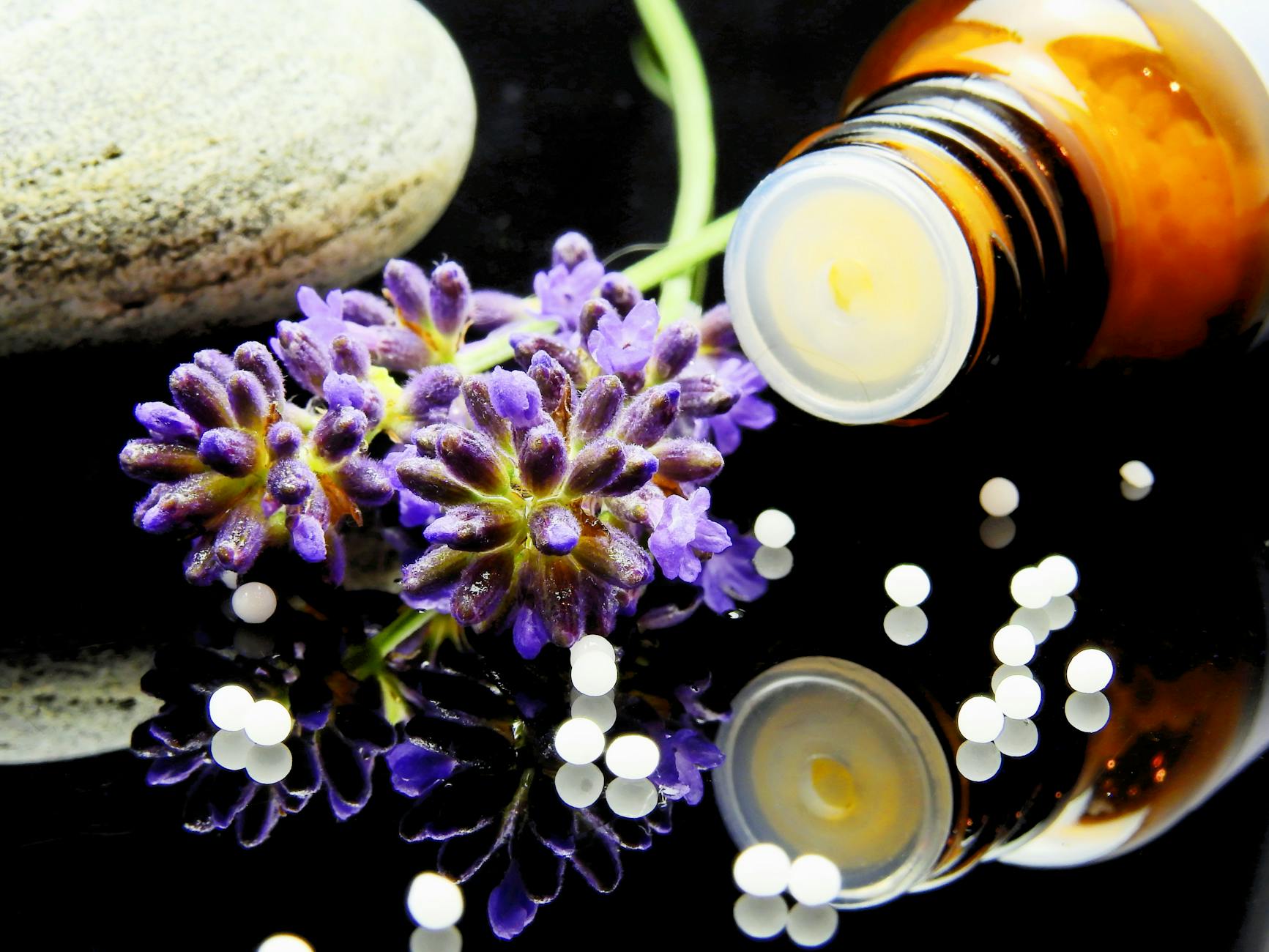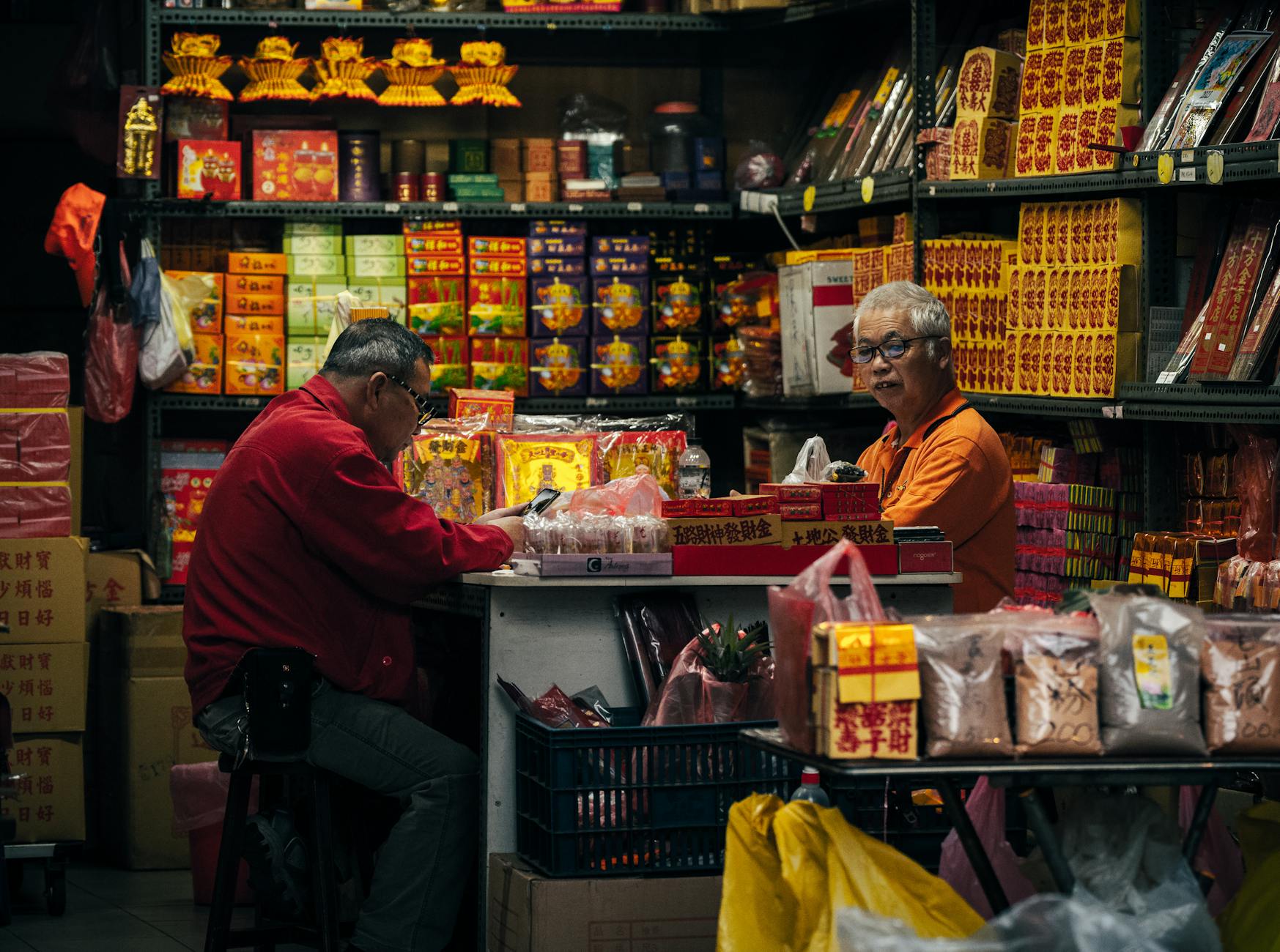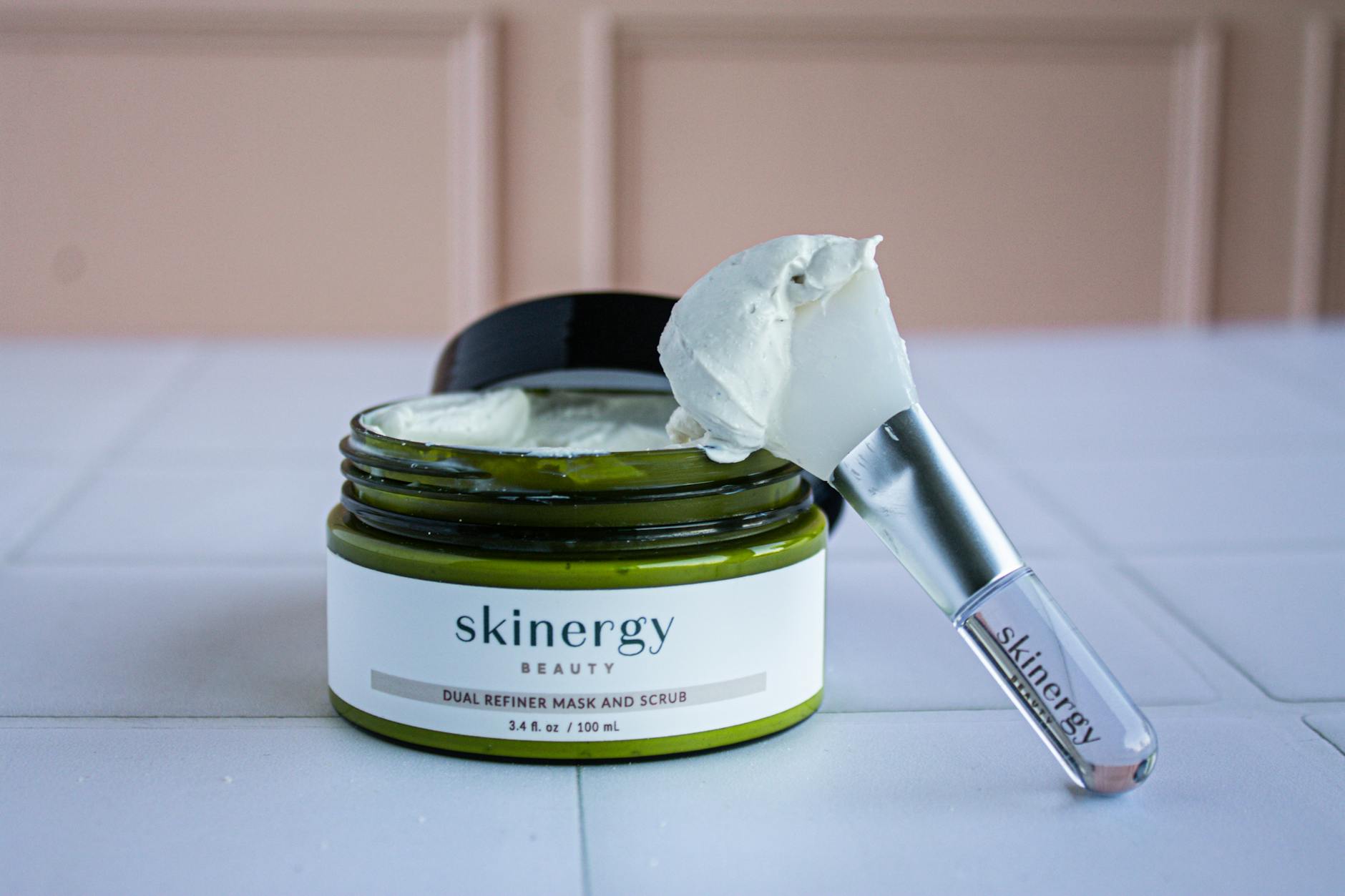Is Australia Leading the Way in Sustainable Beauty Practices?

Australia's Sustainable Beauty Innovations
Pioneering Eco-Friendly Practices
In Melbourne, Australia, innovative cosmetic brands are emerging as frontrunners in sustainable beauty. These brands are embracing eco-friendly methods through environmentally conscious production processes. A prime example is the incorporation of renewable energy sources in manufacturing facilities to minimise carbon footprints. Additionally, many companies are committed to reducing water usage in production, ensuring that each product carries the least environmental impact possible. While discussing these advancements, one cannot overlook the role of the Royal Botanic Gardens, which serves as a thriving hub for testing and preserving native ingredients that are environmentally friendly and effective in skincare.
Green Ingredient Sourcing
Australia's beauty industry has made significant strides by sourcing all-natural ingredients responsibly. By focusing on sustainable farming and wild harvesting practices, skincare brands are reducing their ecological impact while supporting local economies. Ingredients like Kakadu plum and tea tree oil are increasingly being utilised, showcasing their potential for skin health improvements. In the realm of beauty innovation, well-known brands such as Clinique are integrating these elements into their formulations, enhancing their effectiveness while prioritising sustainability. The strategic utilisation of locally sourced, renewable resources showcases a commitment to both the environment and community welfare.
Waste Reduction Techniques
Waste reduction remains a crucial component of sustainable beauty practices in Australia. Cosmetic companies are increasingly adopting circular economy models, which involve recycling and repurposing product packaging. Techniques such as biodegradable packaging and refill stations are being implemented to decrease plastic waste. Additionally, renowned brands, including k18, are pioneering innovative methods to limit waste throughout their product lifecycle. These initiatives help to prevent landfill accumulation and foster a more sustainable future. By diligently committing to these methods, Australia’s beauty industry is setting a benchmark for environmental responsibility.
The Role of Indigenous Knowledge
Traditional Botanicals in Skincare
In the midst of our bustling Melbourne environment, embracing traditional botanicals in skincare becomes an enlightening journey, drawing from the very lands that cradle the Royal Botanic Gardens. Indigenous knowledge offers a treasure trove of wisdom, promoting sustainable beauty through the use of native plants such as kakadu plum and tea tree. These ingredients are more than just skin deep—they resonate with thousands of years of environmental stewardship and cultural history. Embracing these botanicals not only enhances our nail polish formula but also aligns beautifully with our commitment to eco-friendly innovations. The essence lies in harmonising scientific research with the invaluable insights of Indigenous practices, crafting skincare solutions that are both effective and respectful of cultural legacies.
Collaborative Sustainability Projects
The dynamic between modern laboratories and Indigenous communities in Melbourne is strengthening the bridge between tradition and innovation. As I explore these collaborations, I witness the powerful synergies in initiatives that aim to protect the environment and weave cultural heritage into commercial practices. Such partnerships are well exemplified by efforts to cultivate native botanicals for international brands, ensuring sustainable sourcing while uplifting community knowledge. The projects resonate with the core principles of eco-conscious cafes found in Fitzroy, where sustainable practices flourish beyond the realm of academia.
Cultural Heritage Preservation
Preserving cultural heritage is a crucial stepping stone in our journey toward a more inclusive and sustainable beauty sector. Here, sustainability isn't just a catchphrase; it embraces a legacy that guides our ethical choices and production methods. Our commitment to incorporating Indigenous wisdom into brands like la mer combines skincare innovation with a story of preservation and respect, echoing the rich narratives and community-centric values integral to this movement. By reflecting on these traditions, we foster an ongoing dialogue that encourages respect and understanding, crucial for our shared environmental future.
Regulatory and Ethical Standards
Environmental Compliance Requirements
Within the realm of sustainable beauty, adhering to environmental compliance is vitally important for manufacturers like Clarins. Australia has established rigorous environmental regulations to ensure that beauty products are developed in a manner that protects our natural ecosystems. Companies need to undergo thorough evaluations to align their practices with initiatives that safeguard biodiversity. The use of certifications helps validate compliance, offering assurance that products contribute positively to environmental conservation.
Ethical Testing and Certification
In Melbourne, where the Royal Botanic Gardens echo a respect for natural beauty, ethical testing emerges as a core pillar for sustainability. Beauty product developers must ensure that their innovations align with ethical standards, promoting cruelty-free practices and reducing chemical pollutants. Certification bodies play a crucial role by auditing processes to confirm adherence to required ethical standards. Brands, including Dior perfume, invest in research to replace harmful substances with natural alternatives, a strategy that aligns with global sustainability goals and local ethical benchmarks.
Transparency in Labeling
Transparency remains central to consumer trust in the sustainable beauty industry. Accurate and honest labeling ensures that consumers understand the origin and composition of products they choose. Companies are increasingly adopting clear labeling practices that outline both the benefits and origin of ingredients. Such transparency allows scientists and consumers alike to make informed decisions, reinforcing the concept of accountability in product formulation and marketing within Australia's regulatory framework. This transparency also aids in fostering a culture of eco-conscious consumer behaviour.
Challenges in Sustainable Beauty
Overcoming Supply Chain Issues
Supply chain issues pose a significant challenge in the pursuit of sustainable beauty. The complexity of sourcing eco-friendly ingredients involves navigating a network of suppliers whose practices align with environmental policies. In Australia, brands like dermalogica are striving to source renewable ingredients while minimising their carbon footprint. However, the integration of sustainable materials requires collaborative efforts to ensure that every link in the supply chain embraces ethical practices. Companies need to focus on developing relationships with suppliers that prioritize sustainability, such as those using green farming techniques.
Innovative Packaging Solutions
Innovative packaging in the beauty industry aims to reduce waste and align with the principles of sustainability. Brands are increasingly turning towards biodegradable materials to minimise environmental impact. For instance, utilising recycled or compostable packaging can significantly cut down landfill waste. This shift not only meets consumer demand for eco-friendly options but also aligns with environmental policies promoting a circular economy. By adopting such measures, companies can effectively contribute to the reduction of plastic pollution prevalent in cities like Melbourne.
Educating the Consumer Market
Educating consumers plays a crucial role in promoting sustainable beauty practices. Informed individuals are more likely to make choices that support environmentally responsible brands. Integrating educational campaigns into marketing strategies can raise awareness about the benefits of sustainable beauty. Visits to eco-friendly cafes in Fitzroy can serve as an excellent opportunity for community engagement, where consumers can learn about environmentally conscious choices while discussing the broader impacts on society and the planet. This knowledge empowerment helps foster a market that prioritises sustainability and encourages the growth of eco-conscious brands.
Best Practices
Utilizing Indigenous Wisdom
As we delve deeper into our environmental missions, it's vital to consider the rich tapestry of Indigenous wisdom that Australia offers. Fusing traditional knowledge systems with modern sustainable practices enables us to enrich the beauty industry. Visiting places like the Royal Botanic Gardens can offer insights into native plant species traditionally used by Indigenous Australians, perfect for sourcing sustainable and potent botanicals.
Monitoring and Assessing Sustainability Impact
When. factoring in the sustainability equation, tracking the long-term impact is crucial. I suggest employing adaptive management plans to assess ecological effects over time, not unlike monitoring projects around Merri Creek Trail. Regular evaluations enable us to adjust strategies to further reduce carbon footprints and promote energy conservation. It’s not just about short-term gains but cultivating enduring environmental benefits.
Engaging with Consumers
Lastly, success hinges on consumer engagement strategies that resonate with eco-conscious values. Like the eco-friendly cafes in Fitzroy, the beauty sector can create dialogues that foster community and mindfulness. Educational initiatives could inform consumers about sustainable options and ethical standards, encouraging a shift towards sustainable beauty innovations. Leveraging digital platforms for transparency can empower consumers to make informed decisions in line with their environmental values.
The future of sustainable beauty lies in harmonizing innovation with nature, ensuring every step we take is a gracious nod to environmental preservation.


